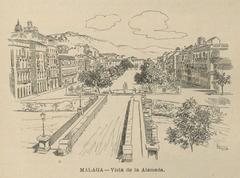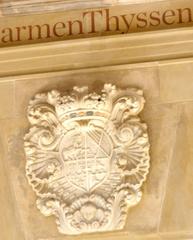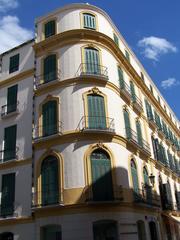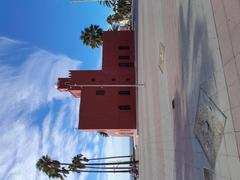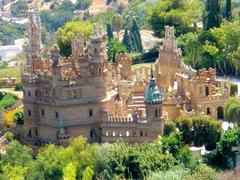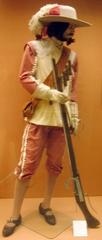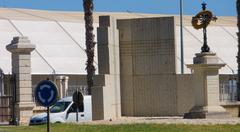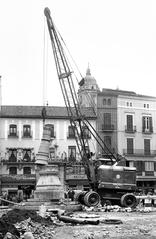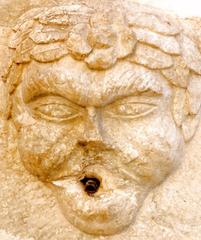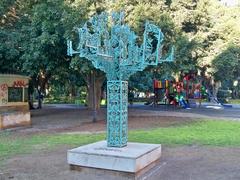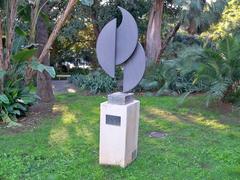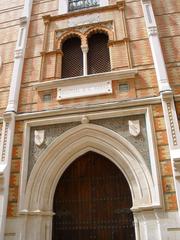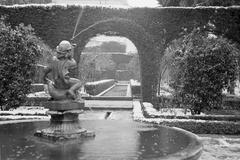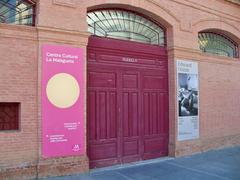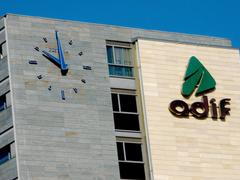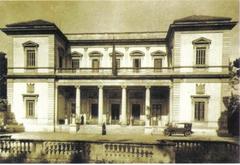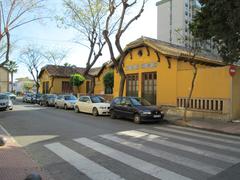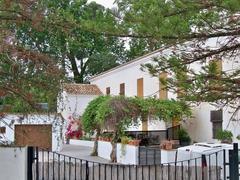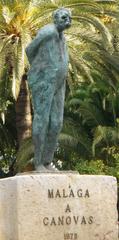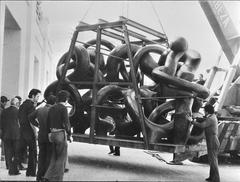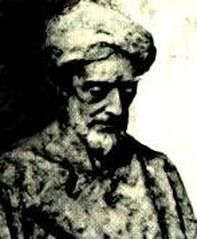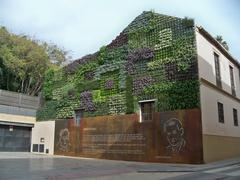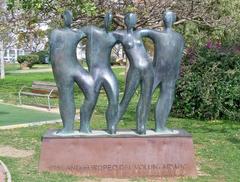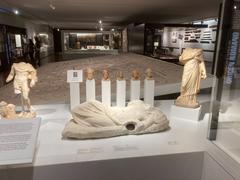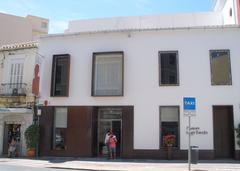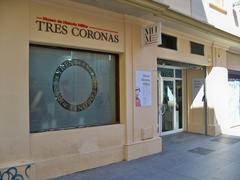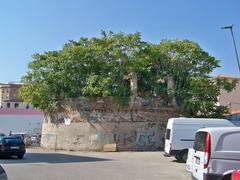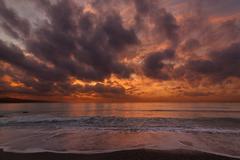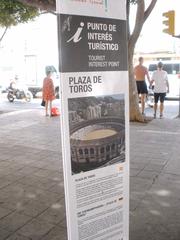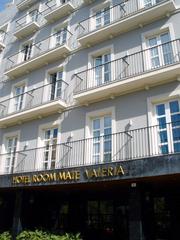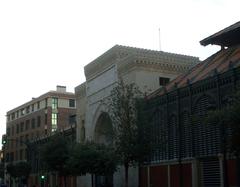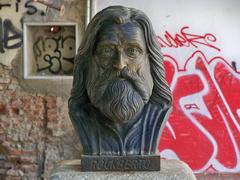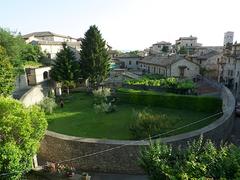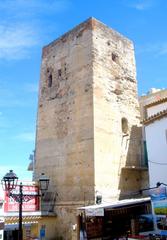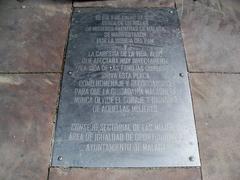Pantheon of Historical Memory Málaga: Visiting Hours, Tickets, and Travel Guide
Date: 14/06/2025
Introduction: The Pantheon of Historical Memory in Málaga
Nestled in Málaga’s historic heart, the Pantheon of Historical Memory stands as a dynamic monument and living memorial to the city’s resilient spirit and layered history. Rather than a single structure, the Pantheon is a constellation of memorials, museums, and thoughtfully curated public spaces, collectively honoring Málaga’s journey from ancient Phoenician and Roman origins through Moorish rule, Christian Reconquista, and the turbulent 20th century. The site especially commemorates victims of the Spanish Civil War and Francoist repression, while also celebrating Málaga’s ongoing evolution as a center for culture, memory, and reconciliation.
Architecturally, the Pantheon fuses modern minimalist design with classical motifs and symbolic materials—exposed concrete, corten steel, glass, and native stone—inviting visitors to reflect on both sorrow and hope. Its landscape of olive and cypress trees, tranquil pathways, and contemplative gardens amplifies the spirit of remembrance. With its proximity to landmark sites such as the Roman Theatre, Alcazaba, and Málaga Cathedral, the Pantheon forms an essential stop for those eager to engage with the city’s rich narrative (Brogan Abroad: Things to Do in Málaga, Wikipedia: History of Málaga, Academia.edu: Monument to Spanish Liberty).
Contents Overview
- Origins and Evolution of the Pantheon
- Key Historical Sites and Events
- Ancient and Medieval Heritage
- 19th–20th Century Struggles and Memory
- Contemporary Memory and Art
- Visiting Hours, Tickets, and Accessibility
- Architectural Features & Symbolism
- Visitor Tips and Experience
- Integration with Málaga’s Cultural Landscape
- Nearby Attractions
- Frequently Asked Questions (FAQ)
- Visuals and Media
- Additional Resources and Sources
Origins and Evolution
Málaga is one of Europe’s oldest cities, shaped by a tapestry of civilizations: Phoenician, Roman, Visigothic, Moorish, and Christian (Wikipedia: History of Málaga). The Pantheon’s concept echoes the Roman tradition of preserving collective memory, yet here, it spans multiple memorials and sites rather than a single building. It aligns with European trends that use public spaces to foster remembrance and identity (Academia.edu: Monument to Spanish Liberty).
Key Historical Sites and Events
Ancient and Medieval Heritage
- Roman Theatre: Dating to the 1st century AD, this well-preserved site anchors Málaga’s Roman legacy.
- Alcazaba and Gibralfaro: Hilltop Moorish fortresses, blending Islamic military architecture with panoramic city views.
- Málaga Cathedral (“La Manquita”): A Renaissance-Baroque masterpiece symbolizing religious and cultural transitions.
19th–20th Century Memory
- Monument to General Torrijos: Located in Plaza de la Merced, commemorates the 1831 execution of liberal leader José María Torrijos, immortalized in Antonio Gisbert’s painting (Academia.edu: Execution of Torrijos).
- San Rafael Cemetery: One of Western Europe’s largest mass graves, now a key site of memory for Civil War victims.
Contemporary Memory and Art
- Soho District: Public murals and contemporary artworks reflect ongoing dialogues about identity, resistance, and renewal.
Visiting the Pantheon of Historical Memory: Hours, Tickets, and Accessibility
Visiting Hours
- Pantheon of Historical Memory: Open Tuesday–Sunday, 10:00 AM to 6:00 PM; closed Mondays and public holidays. Extended hours during select events (Official Málaga Tourism Website).
- Other Sites: Roman Theatre and Alcazaba, daily 9:00 AM–8:00 PM (check for seasonal changes).
Tickets and Pricing
- Pantheon: Free admission.
- Other Sites: Standard tickets for adults (€5), with reduced or free entry for children, students, seniors, and those with disabilities. Companion tickets (for those assisting visitors with disabilities) are free or discounted.
- Guided Tours: Available in multiple languages, including Spanish Sign Language, by advance reservation. Some tours may have an additional fee.
How to Get There
- By Public Transport: City buses connect the center to San Rafael Cemetery and other sites; many taxis are wheelchair-accessible.
- By Car: Accessible parking available nearby; consult the city’s website for a parking map.
- By Foot/Bicycle: The Pantheon and many historical sites are within the pedestrian-friendly center.
Accessibility
- Step-free entrances, accessible toilets, ramps, and elevators.
- Braille maps, tactile panels, and induction loops for sensory accessibility.
- Staff trained in accessibility support and emergency procedures.
- Multilingual signage and information panels.
Architectural Features & Symbolism
- Materials: Exposed concrete (endurance), corten steel (the passage of time), glass (transparency), and local stone (heritage).
- Layout: Central axis pathway through gardens, open-air pavilion with classical column motifs.
- Lighting: Natural and subtle artificial lighting creates a respectful, contemplative mood.
- Memorial Walls: Names of victims inscribed alphabetically or chronologically; digital displays with personal stories.
- Landscape: Olive and cypress trees symbolize peace and mourning, water features evoke purification and renewal.
Symbolism is woven into every element, from the classical Roman oculus motif (earth-sky connection) to the ritualistic visitor flow that encourages reflective participation.
Visitor Tips and Experience
- Best Times: Early morning or late afternoon for quiet reflection and optimal lighting.
- Photography: Permitted, but be respectful near memorial areas and during ceremonies.
- Educational Events: Regular commemorations, workshops, and lectures—check listings in advance.
- Amenities: Accessible restrooms, cloakrooms, a café with Braille menus, and a gift shop.
Integration with Málaga’s Cultural Landscape & Nearby Attractions
The Pantheon is ideally situated for a full day of discovery:
- Roman Theatre: Just steps away, with interpretation center and guided tours.
- Alcazaba: Moorish palace-fortress overlooking the old town.
- Málaga Cathedral: An iconic Renaissance-Baroque landmark.
- Picasso Museum: Over 200 works of Spain’s most renowned artist.
- Museo de Málaga & Carmen Thyssen Museum: Archaeology, fine arts, and Spanish painting.
- Soho District: Vibrant urban art and café culture.
All these sites are accessible, with tours often themed around memory, civil rights, and Málaga’s diverse heritage.
Frequently Asked Questions (FAQ)
Q: What are the Pantheon’s visiting hours?
A: Tuesday–Sunday, 10:00 AM–6:00 PM. Closed Mondays and holidays.
Q: Is entry free?
A: Yes. Other nearby sites may charge a fee or offer discounts.
Q: Are guided tours available?
A: Yes, including Spanish Sign Language tours by request.
Q: Is the Pantheon fully accessible?
A: Yes, with step-free access, accessible restrooms, Braille maps, and more.
Q: What are the best nearby attractions?
A: Roman Theatre, Alcazaba, Málaga Cathedral, Picasso Museum, Museo de Málaga, Carmen Thyssen Museum, and Soho District.
Visuals and Media
- Images: Pantheon’s main pavilion, memorial walls, landscaped gardens, and nearby Roman Theatre and Alcazaba.
- Alt text: Use descriptive, SEO-optimized tags such as “Pantheon of Historical Memory Málaga main pavilion,” “Accessible memorial gardens Málaga,” and “Roman Theatre near Pantheon.”
- Interactive maps and virtual tours available on the official Málaga tourism website.
Related Articles
Conclusion and Recommendations
The Pantheon of Historical Memory in Málaga is more than a monument—it is a living, accessible space for reflection, education, and cultural discovery. Integrated seamlessly into the city’s historic center, it complements visits to Málaga’s other major sites, providing a comprehensive understanding of the city’s complex past and enduring spirit.
To maximize your visit:
- Check updated hours and book guided tours in advance.
- Explore the Pantheon alongside nearby attractions for a full cultural itinerary.
- Consider using the official Málaga tourism website or the Audiala app for real-time updates and expert audio guides.
- Embrace the opportunity for thoughtful engagement with Málaga’s history, memory, and vibrant city life.
Your journey through Málaga begins at the Pantheon—where the city’s memory inspires its future.
Sources
- Pantheon of Historical Memory Málaga: Visiting Hours, Tickets & Historical Sites Guide, 2025, Brogan Abroad (Brogan Abroad: Things to Do in Málaga)
- History of Málaga, Wikipedia (Wikipedia: History of Málaga)
- Antonio Gisbert’s Monument to Spanish Liberty, Academia.edu (Academia.edu: Monument to Spanish Liberty)
- Pantheon of Historical Memory Málaga: Visitor Guide, Architectural Features & Symbolism, 2025
- Pantheon of Historical Memory Málaga: Visiting Hours, Tickets, and Accessibility Guide, 2025
- Integration with Málaga’s Cultural Landscape and Nearby Attractions: Visiting the Pantheon of Historical Memory, 2025
